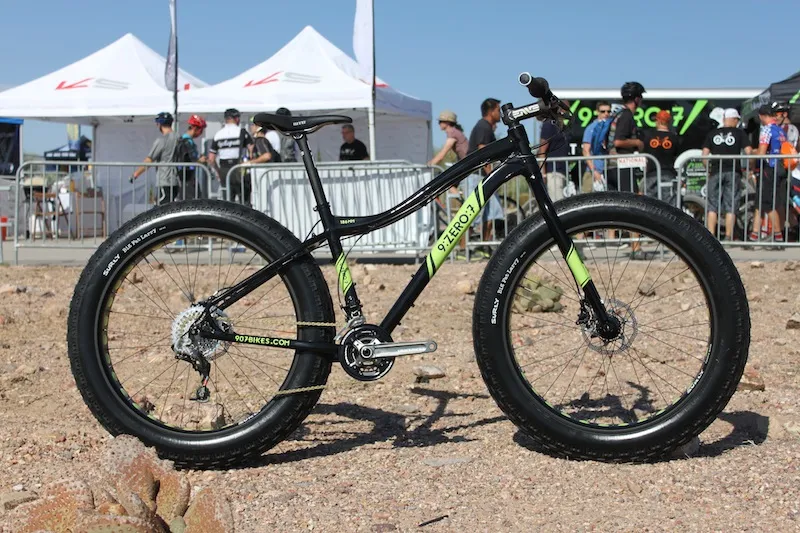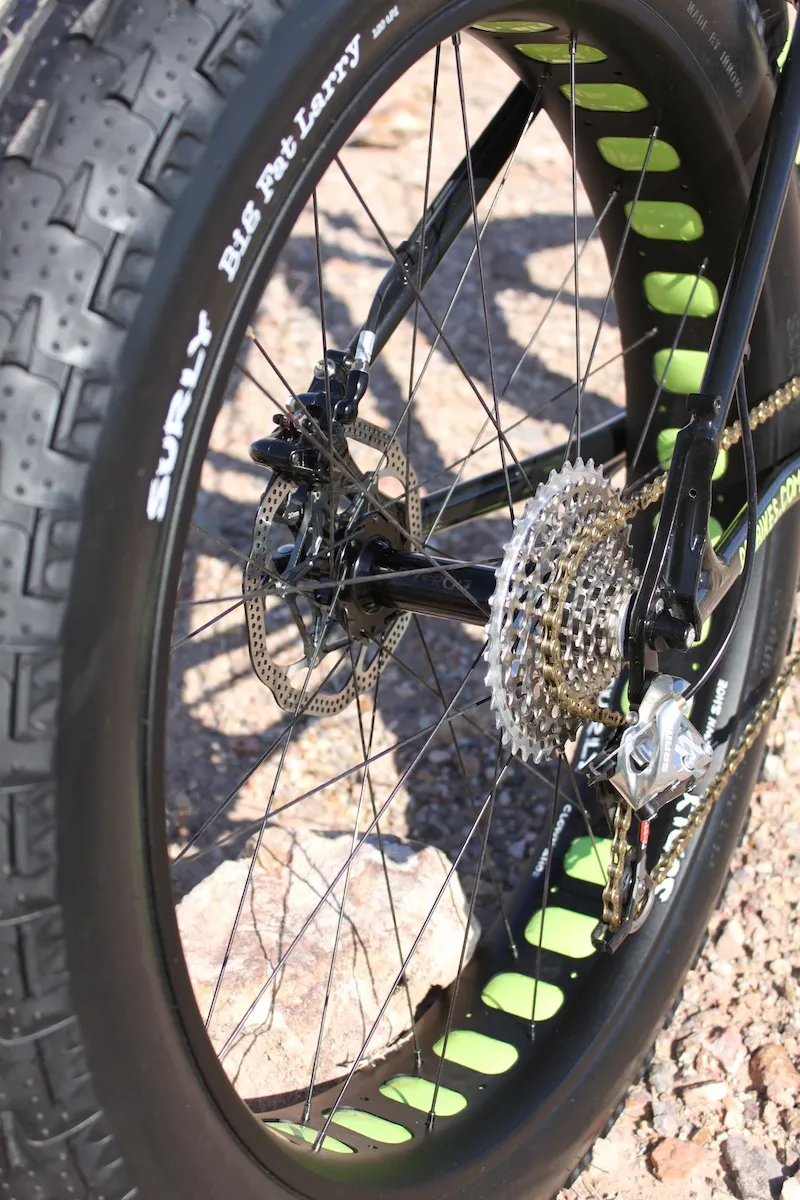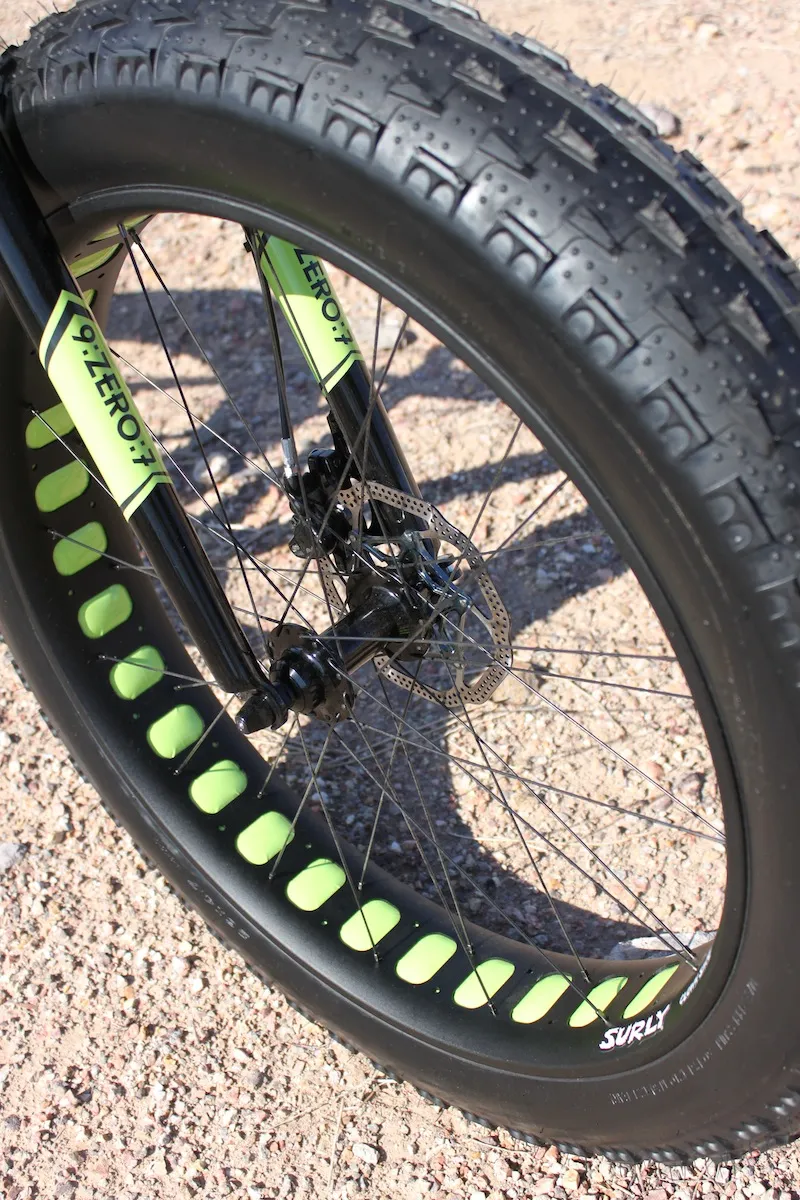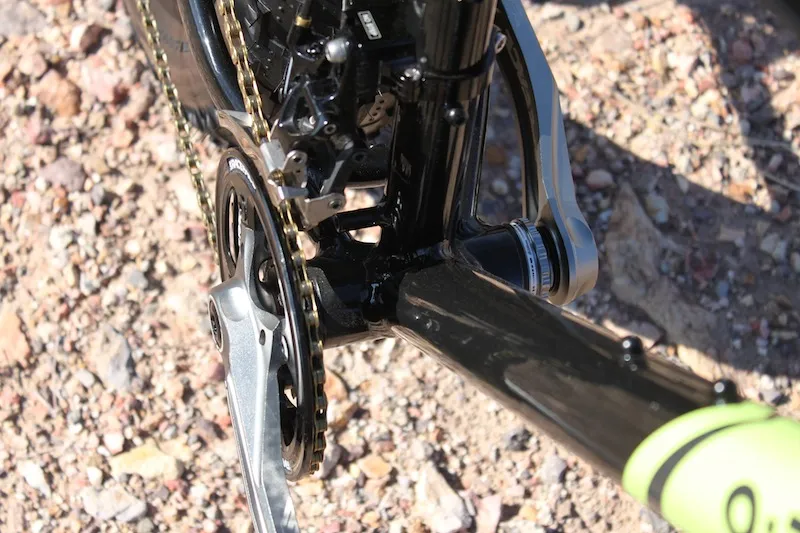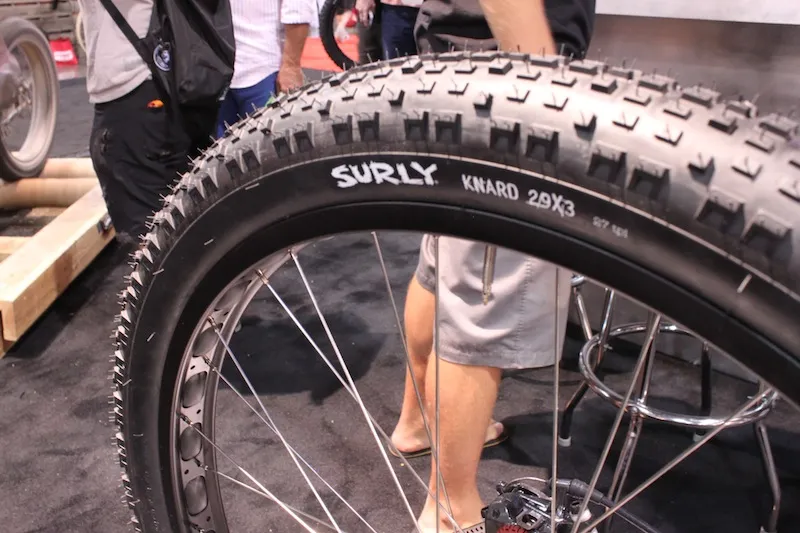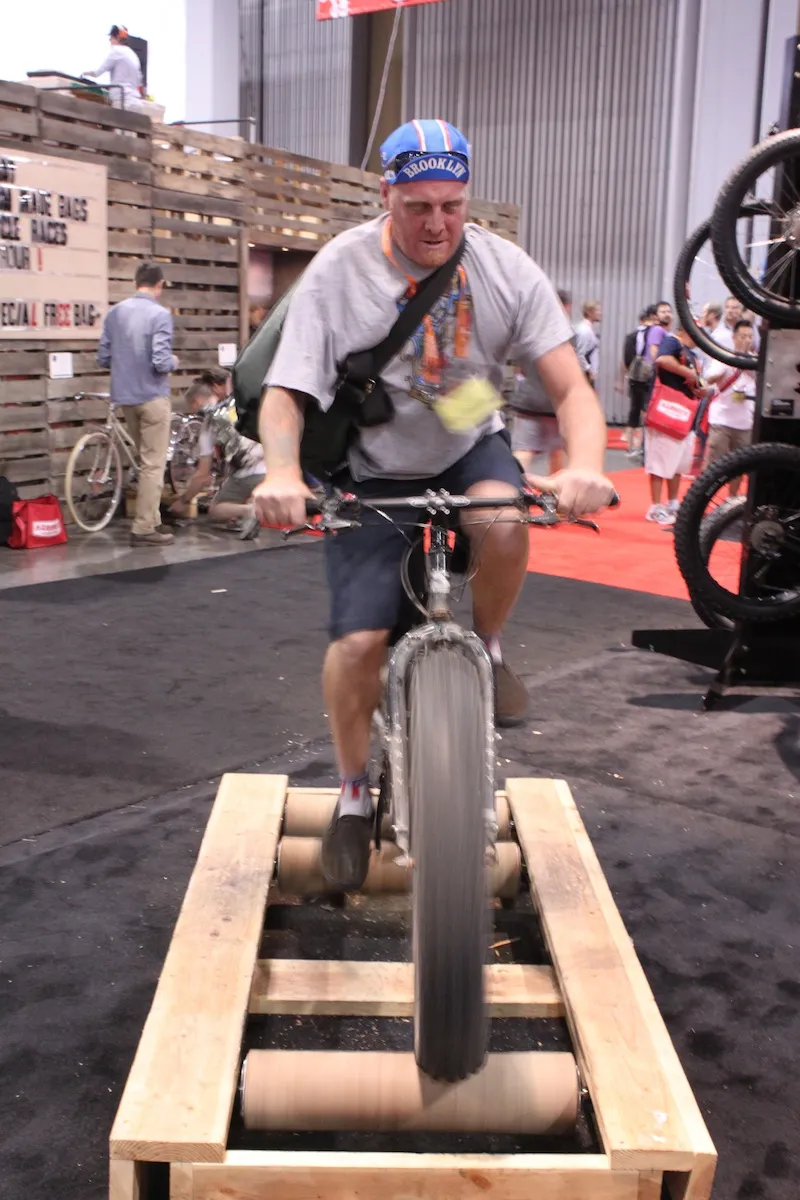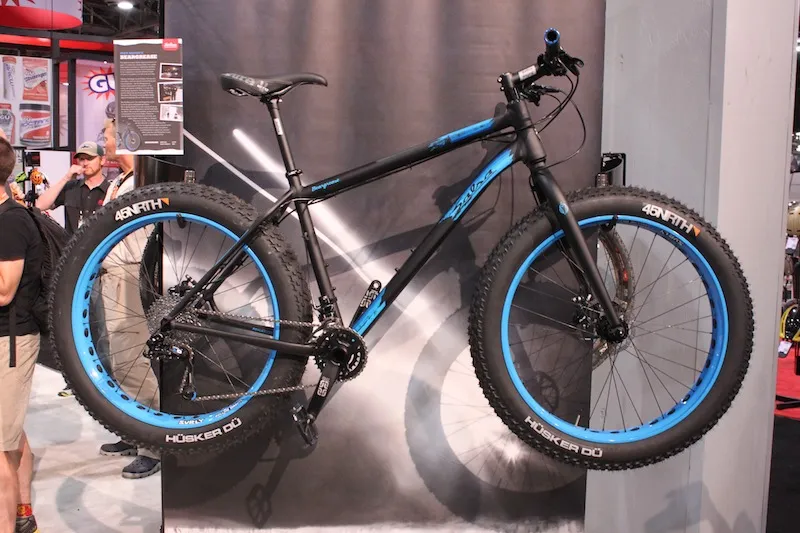What started as a way for cyclists to ride during the extreme winter months has turned into a year-round way to explore previously unrideable terrain: snow, sand, rocky shorelines… You name it, fat bikes are able to go where no machines have gone before.
A niche idea a few short years ago, fat bikes are now poised to become a legitimate market segment, with a growing number of companies catering to riders who enjoy the comfort, traction and sense of adventure that comes with tire widths of 3.8in or more.
Fat bikes trace their origins back to several Alaskan frame-builders, though it was a pair of Minnesota-based bicycle companies, Surly and Salsa Cycles, who brought fat bikes to the masses.
Surly led the charge by introducing the first mass-produced fat bike, the Pugsley, in 2005. Since then, fat bikes have become the bread and butter of the company, who has expanded its big-tired offerings to include three models.
The latest creation is the Krampus, a 29er based loosely on the popular Karate Monkey frameset but with increased clearance for massive 29x3in tires. Maybe this bike is an answer to a question that nobody was asking, but it was certainly one of the most popular models at the Interbike Dirt Demo.
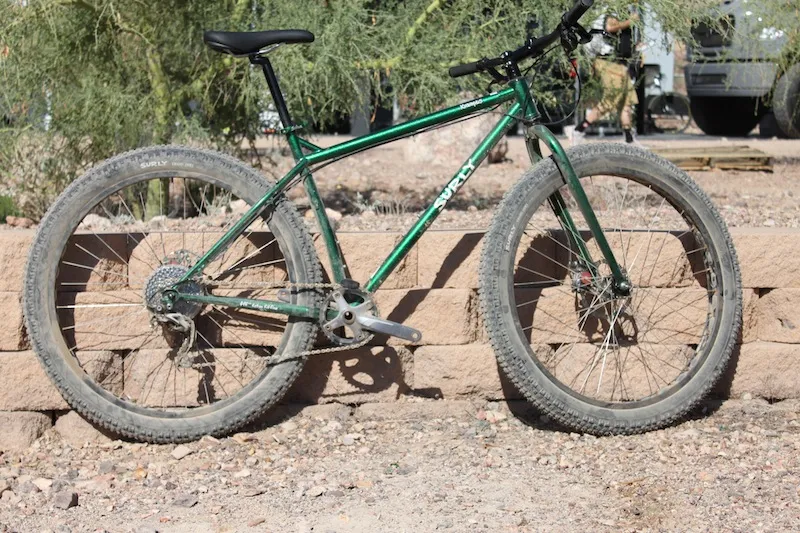
The Krampus – take one Karate Monkey and one fat bike…
Surly bills the Krampus as “29+”. Its 50mm-wide rims and 3in wide tires provide some of the traction and ride characteristics of a fat bike but in a package that doesn’t require a wider bottom bracket and rear hub spacing.
Salsa’s latest fat bike, the Beargrease, is designed with racing in mind. If you think ‘racing’ and ‘fat bike’ sound like contradictory terms, think again. Winter events such as Minnesota’s Arrowhead Ultra 135 are sprouting up across the United States. The Beargrease does away with the rack mounts and swinging dropouts found on the company’s other fat bike, the Mukluk, in order to save weight.
Stay tuned for BikeRadar reviews of several fat bikes in the coming months.
